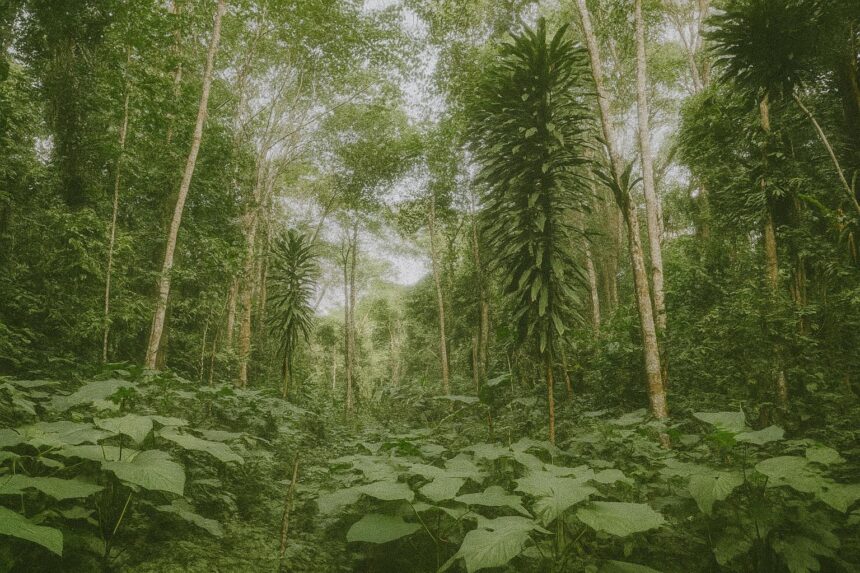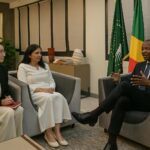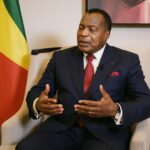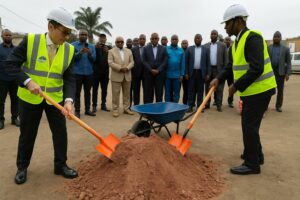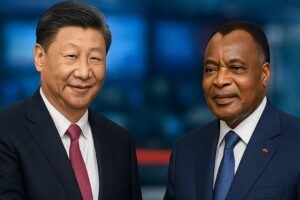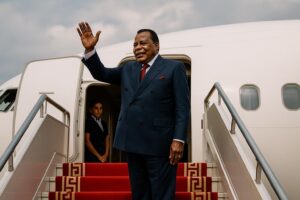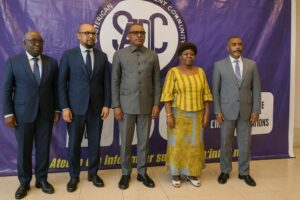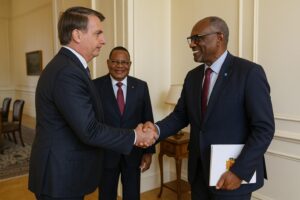From River to Region: Setting the Scene
Straddling the north-western bank of the world’s second-largest river, the Republic of the Congo occupies a geostrategic hinge between Central and Atlantic Africa. Its 342 000 square kilometres encompass coastal mangroves, savannahs, dense equatorial forest and an 170-kilometre seaboard that opens Brazzaville to the Gulf of Guinea’s maritime arteries. This mosaic of ecosystems yields timber, iron ore, potash and, crucially, offshore oil fields that underpin nearly half of national output. The Congo River, whose meanders delineate portions of the border with the Democratic Republic of the Congo, remains both commerce corridor and cultural spine, while a modest altitude range—peaking at Mont Nabemba’s 1 020 metres—limits extreme climatic variations and facilitates surface transport planning.
- From River to Region: Setting the Scene
- Demographic Dynamics of a Young Nation
- Macroeconomic Stabilisation amid Hydrocarbon Dependence
- Energy Transition Prospects below the Equator
- Connectivity, Infrastructure and Regional Integration
- Security Architecture and Diplomatic Footprint
- Environmental Stewardship in the World’s Second Lung
- Outlook to 2030: Continuity and Cautious Optimism
Demographic Dynamics of a Young Nation
With an estimated 6 million inhabitants, two-thirds of whom are under thirty, Congo-Brazzaville possesses one of Africa’s lowest median ages, a statistic that amplifies both demographic dividend and employment imperative (UN DESA 2023). Urbanisation exceeds 65 percent, driven by the magnetic pull of Brazzaville and the economic hub of Pointe-Noire. Lingala and Kituba rhythm street life alongside French, the official language that continues to streamline administrative cohesion among over 70 ethnic communities. Life expectancy has climbed to 64 years as vaccination coverage improves, yet maternal and infant mortality—though declining—remain development priorities. The government’s recent decision to raise health expenditure to 6 percent of GDP by 2026 signals acknowledgement of the social contract demanded by this youthful populace.
Macroeconomic Stabilisation amid Hydrocarbon Dependence
Hydrocarbons generate roughly 80 percent of export receipts, placing fiscal performance at the mercy of Brent quotations. After the twin shocks of pandemic demand destruction and commodity price swings, Brazzaville entered a three-year Extended Credit Facility with the IMF in 2022, unlocking US $455 million for balance-of-payments support while committing to public-debt reduction and domestic revenue mobilisation (IMF 2024). Real GDP expanded by 3.5 percent in 2023 as offshore production from the Moho-Nord field stabilised output, yet non-oil growth—anchored in agriculture, logging and telecommunications—remains below potential. Authorities are therefore prioritising agri-value chains in cassava, cocoa and palm to lessen import bills and smoothen cyclical volatility.
Energy Transition Prospects below the Equator
While per-capita electricity consumption ranks among the continent’s lowest, the nation holds an enviable endowment of hydrological resources. The 2021 commissioning of the Liouesso hydro-plant elevated national generation capacity to nearly 800 MW, and feasibility studies for the Sounda Gorge megaproject underscore ambitions to export green power to the Central African Power Pool. Paris-aligned climate commitments envisage a 20 percent reduction in greenhouse-gas emissions by 2030, to be met through afforestation and associated gas capture on offshore platforms. International energy firms have also pledged to develop the deep-water Marine XII gas field, whose condensate could supply a domestic fertiliser complex and, in time, small-scale liquefaction for regional markets.
Connectivity, Infrastructure and Regional Integration
Completion of the RN1 highway segment linking Brazzaville to Pointe-Noire has shortened travel times between the political and economic capitals to under eight hours, catalysing intra-state commerce and tourism. Rail modernisation of the historic CFCO line, financed through a Sino-Congolese public-private partnership, is scheduled to boost mineral evacuation capacity from the inland city of Dolisie. On the digital front, the 1 000-kilometre Central African Backbone fibre optic loop—supported by the World Bank—has already cut wholesale bandwidth prices by 60 percent since 2020, empowering tech start-ups clustered at the Djiri innovation hub. These connective tissues reinforce Congo’s stated vision of serving as a logistical springboard for hinterland neighbours such as the Central African Republic and northern Angola.
Security Architecture and Diplomatic Footprint
President Denis Sassou Nguesso, in power since 1997 and re-elected in 2021, espouses what local commentators term « neutral active diplomacy ». Brazzaville routinely offers mediation venues, most recently facilitating informal talks on the South Sudanese transitional process. The Congolese Armed Forces, numbering approximately 12 000 personnel, focus on riverine and coastal surveillance in coordination with the Gulf of Guinea Commission to deter piracy and protect offshore infrastructure. Participation in United Nations peace operations, including MONUSCO and MINUSCA, buttresses the country’s multilateral credentials while providing professionalisation opportunities for its troops. Defence spending has been kept below 2 percent of GDP, reflecting a doctrine that privileges dialogue and regional confidence-building over power projection.
Environmental Stewardship in the World’s Second Lung
Home to portions of the vast Cuvette-Ouest peatlands, Congo-Brazzaville safeguards a carbon sink estimated at 30 gigatonnes. The 2019 launch of the Blue Fund for the Congo Basin, co-championed by Brazzaville and Rabat, attracts concessional finance for eco-tourism, sustainable forestry and resilient agriculture. Enforcement capacity remains a work in progress, yet satellite-based monitoring agreements with the European Space Agency have strengthened detection of illegal logging. The government’s zero-flaring roadmap, praised by the African Development Bank, further illustrates the confluence between environmental stewardship and economic modernisation.
Outlook to 2030: Continuity and Cautious Optimism
The National Development Plan 2022-2026 targets annual growth of 5 percent, poverty reduction to 30 percent and universal primary-school enrolment. Achieving these benchmarks hinges on durable oil revenues, disciplined public finance and accelerated diversification. International partners—from the European Union to the BRICS consortium—acknowledge the country’s pivotal geography and diplomatic stature, positioning Brazzaville as a constructive interlocutor on climate, security and trade. With prudent macro-management and sustained investment in human capital, Congo-Brazzaville appears poised to translate the quiet resilience of its riverine identity into a more inclusive and sustainable prosperity.

